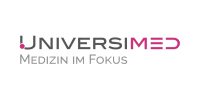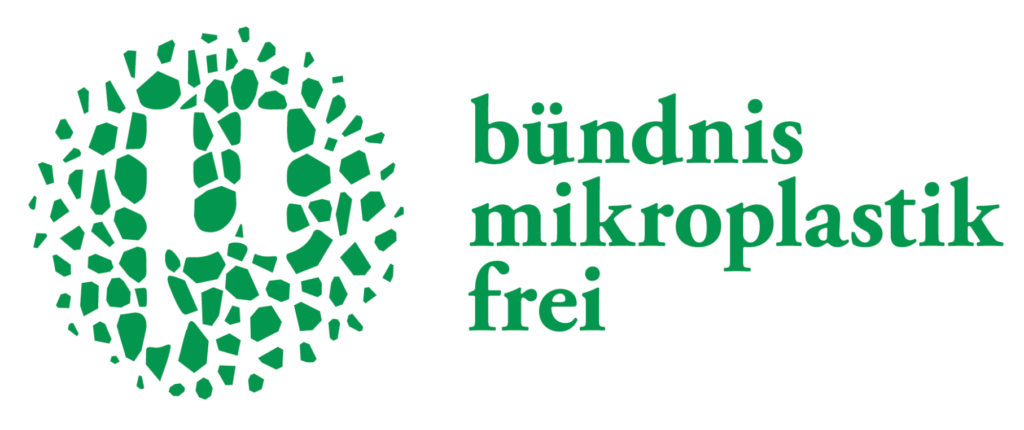Plastics in dermatology
In everyday medical practice, a lot of plastic waste is produced in patient care, from syringe needles to elaborate surgical sets, gloves, masks and laboratory supplies. In addition, in the routine of a dermatological practice or clinic, numerous plastic-packaged samples for care products of various origins play an important role in patient care.
There are over 200 different types of solid plastic of varying composition. Plastic is omnipresent and has been accumulating in the ocean for decades via rivers, sewage and rainwater. It is currently estimated that there are already 14 million tonnes of microplastics on the seabed.
Most of these substances are not biodegradable at all or only with difficulty and, depending on their size, cannot be filtered out of wastewater in urban areas via sewage treatment plants. These substances end up back on the plate via the food chain.
Basically, plastic is weighted differently:
- Macroplastic in the form of packaging material such as tubes, bottles and jars.
- Microplastics as solid synthetic compounds of various compositions up to a maximum diameter of 5 mm. These fall as primary microplastics in the formulation of externals, e.g. as solid substances such as abrasive particles, pastes and powders. Furthermore, the more common liquid polymers are also listed here, which can be contained in externals, e.g. as emulsifiers and preservatives. Secondary Microplastics on the other hand, is created from macroplastics by abrasion and decomposition processes caused by sun and wind.
For a few years now, there has been increasing evidence that, in addition to microplastics, some other substances in external products also have harmful effects on health. These include allergens such as acrylates, tumour-inducing parabens, hormone-active substances such as endocrine disruptors and more Ingredients of sunscreen productswhich are leading to the death of coral reefs worldwide.
A report published in March 2021 Study from San Francisco was able to detect 109 industrial chemicals in the blood of newborns and their mothers using mass spectrometry. This clearly demonstrated that chemical nanoparticles can cross the placental barrier. 55 substances were detected in human blood for the first time. 28 substances were clearly attributable to the cosmetic sector. For 42 chemical compounds, the sources and areas of application could not be determined.
This gives rise to the greatest concern. There is a lack of studies that examine which interactions can arise from the multitude of chemical substances in the environment, whether they prove to be toxic and to what extent they can influence the embryogenesis of living beings.
© Dr. med. Dipl. Biol. Susanne Saha 03/2021
References:
- Microplastics Study 2016
- PLASTIKATLAS 2019 - Facts and figures about a world full of plastics, Heinrich Böll Foundation and the German League for the Environment and Nature Conservation, 2nd edition, July 2019
- Prudence studyFraunhofer Institute, 2018








